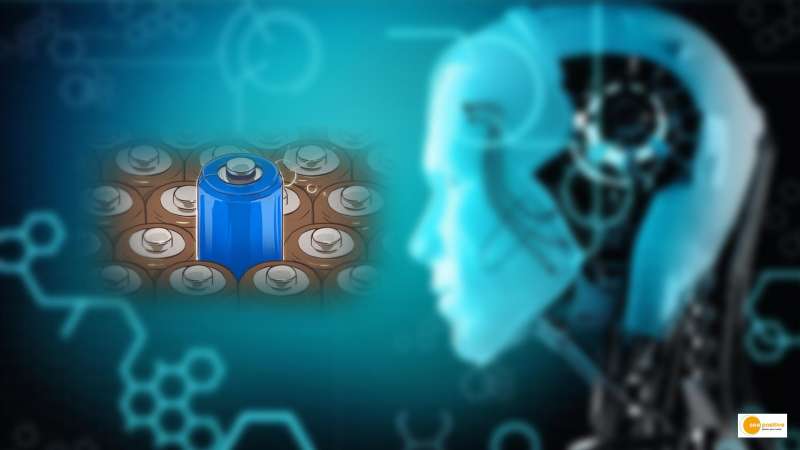

Researchers used an artificial intelligence known as ‘Dragonfly’ to design more efficient batteries. Scientists at Carnegie Mellon University used the tool to create better electrolytes for lithium-ion batteries, allowing the batteries to charge faster.
An electrolyte transports ions (atoms that have been charged by either gaining or losing an electron) between the two electrodes of a battery. Lithium ions are produced at the negative electrode, the anode, and flow to the cathode, where they gain electrons. When a battery charges, the ions return to the anode.
Because there are so many different chemicals involved in the production of batteries, it can take years for them to come to fruition. Working out the chemical ratio and optimising it for peak use can be a difficult task.
However, when the researchers used an automated setup of pumps, valves, vessels, and other lab equipment to mix three potential solvents and one salt, and then fed the results through ‘Dragonfly,’ they discovered that the AI delivered six solutions that outperformed an existing electrolyte solution.
This gave the test cell a 13 per cent improvement over what is currently commercially available.
Dragonfly AI can make work more efficient
Electrolyte ingredients can be “mix[ed] and match[ed] in billions of ways,” Venkat Viswanathan, an associate professor at Carnegie Mellon, told Technology Review, but the Dragonfly artificial intelligence can make the work more efficient without much bias – as the system is not equipped with knowledge about chemistry.
Dragonfly is hoped to be improved so that it can run experiments with multiple goals rather than just one.
Researchers also believe that quantum batteries, which use a quantum mechanical system known as the micromaser to store energy charged through a stream of qubits while protecting against overcharging, could charge batteries instantly.
South Korean researchers have already calculated that quantum battery technology could cut home charging times for electric vehicles from 10 hours to three minutes, while supercharger stations could fully recharge a vehicle in 90 seconds.
In a study published earlier this year, scientists discovered that the charging time of a quantum battery decreases as the battery’s size increases.


